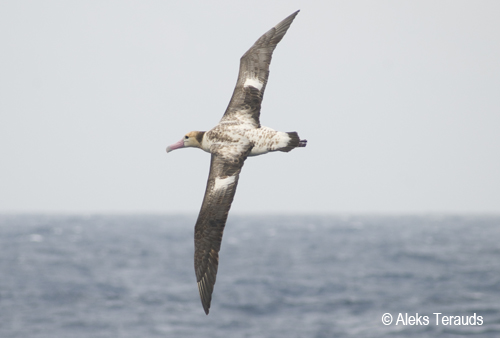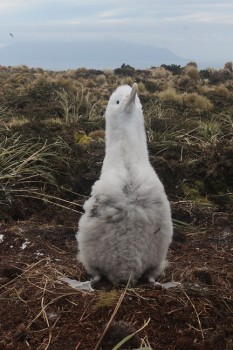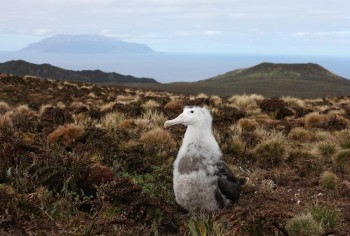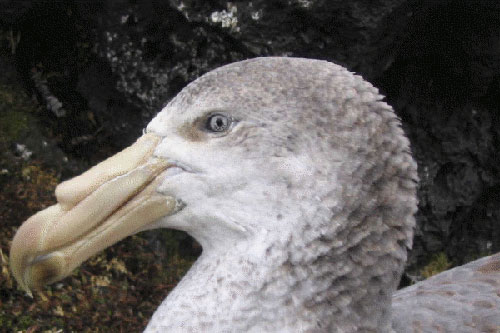A new Management Plan for Australia's Heard Island and McDonald Islands Marine Reserve (HIMI) in the southern Indian Ocean was approved by the Federal Government at the beginning of the month, replacing the previous plan adopted in 2005 (click here).
The Heard Island and McDonald Islands Marine Reserve Management Plan 2014-2024 covers 71 200 km² of terrestrial and marine areas. The new manplan includes 6200 km² of marine waters, supporting distinct benthic habitats, species and ecosystems, which were added to the Reserve in March this year (click here).
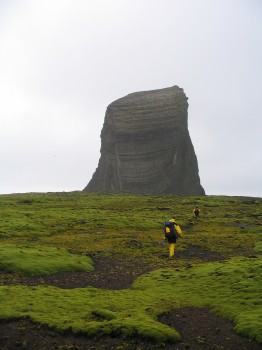
Roger's Head, Heard Island, photporaph by Barbara Wienecke
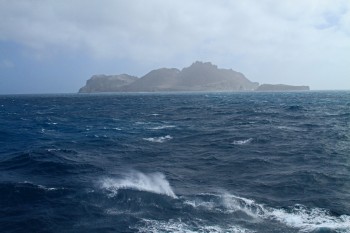
McDonald Island on the horizon, photograph by Phil Moors
HIMI is located about 4000 km south-west of mainland Australia in the southern Indian Ocean. The islands are Australia’s largest International Union for Conservation of Nature 1a Strict Nature Reserve and home to Australia’s only active volcano, Big Ben, rising 2745 m above sea level. The islands were inscribed on the World Heritage List in December 1997 on the basis of their outstanding natural universal values.
Heard and the McDonald Islands support populations of ACAP-listed Black-browed Thalassarche melanophris and Light-mantled Sooty Phoebetria palpebrata Albatrosses and Southern Giant Petrels Macronectes giganteus. A single pair of Wandering Albatrosses Diomedea exulans has attempted breeding on the island in the past.
“The first management plan for the Reserve was in effect from 24 August 2005 to 23 August 2012. The substance of the second management plan is largely consistent with that of the first management plan. The second management plan is, however, more attuned to the logistical constraints associated with the Reserve’s harsh environment and extreme isolation. “Reasonableness” qualifications have therefore been applied to some of the second management plan’s objectives.”
Read a previous ACAP Latest News posting on the new HIMI manplan here.
Selected Literature:
Australian Antarctic Division 2005. Heard Island and McDonald Islands Marine Reserve Management Plan. Kingston: Australian Antarctic Division. 198 pp.
Commonwealth of Australia 2014. Heard Island and McDonald Islands Marine Reserve Management Plan 2014-2024. Canberra: Department of the Environment. 131 pp.
John Cooper, ACAP Information Officer, 19 October 2014

 English
English  Français
Français  Español
Español 